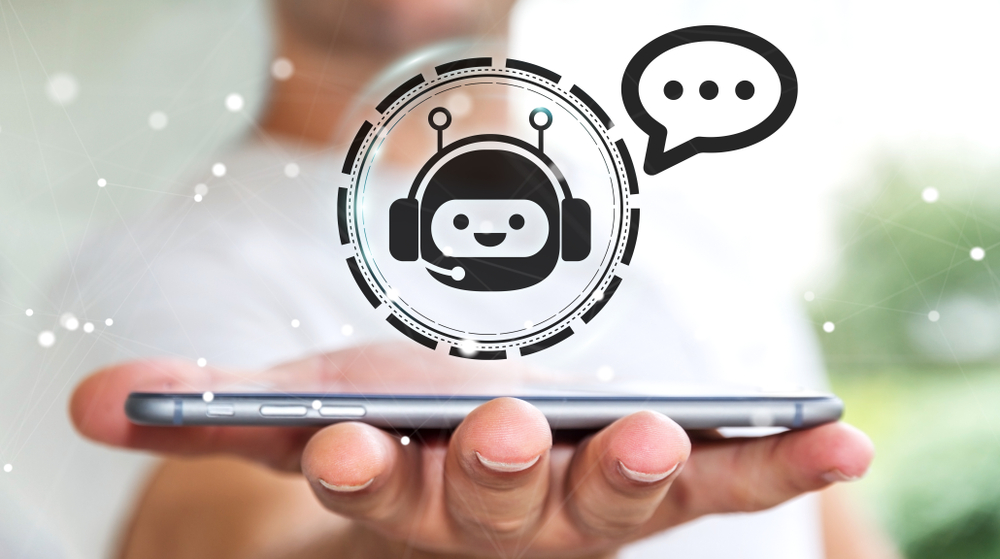When a virtual assistant greets you when you call your bank or when a chat box solicits your contact details on a travel website or prod you for search criteria on a real estate broker’s listing page, irrespective of time of day, you are experiencing chatbots at work.
If one parses the many definitions of chatbot over the Internet, they all broadly agree that it is a computer programme or software that engages with human users with pre-determined messages in a conversational format.
Thanks to artificial intelligence and natural language processing capabilities, the current crop of chatbots are able to mimic human conversations. As a result, diverse sectors from banking to healthcare to industrial services are turning to chatbots to drive their customer service interactions and glean valuable intelligence on customer and market behaviour as a bonus. 
The business case for chatbots is that they help automate routine functions and frees up the company’s human resources free to deal with more complex and value-added tasks. Most companies look to chatbots as a means to reduce overheads and, thus reduce operational costs.
Chatbots are typically embedded in customer engagement channels like websites and apps or within chat platforms such as Facebook Messenger or SMS so that customers can enjoy 24×7 access to the company without waiting times.
Chatbots sift through vast amounts of data to provide a customer with clear-cut and personalized information so that customers don’t have to undergo the tedious exercise of navigating websites or IVR menus or wait over the phone to be attended by a call centre agent. Where the querying gets too complex, chatbots can escalate the case to a human agent.
For companies hawking consumer facing products and services, chatbots can boost conversion rate and increase sales. Moreover, companies using such solutions are also perceived as innovative.
Where companies have to deal with multi-cultural environments like the Gulf region, chatbots can help them listen to the needs and preferences of their customers better.
Dealing with millennial generation that is growing up with Alexa and Siri, and accustomed to instant responses required companies to integrate VCA technologies like chatbots into their customer outreach strategies. And consumers are increasingly favouring chat over email for communication.
Gartner has predicted that 25 percent of customer service operations will use virtual customer assistants by 2020.Organisations report a reduction of up to 70 percent in call, chat and/or email inquiries after implementing a VCA, according to Gartner research. They also report increased customer satisfaction and a 33 percent saving per voice engagement.
However, use of chatbots isn’t limited to customer facing operations. Companies could also be looking to use chatbots for internal operations – for example, they can be used as personal assistants for scheduling appointments or ordering office supplies. They can also be used in project management for automating team communications and reporting and tracking expenses.
Platforms are aplenty for building both Artificial Intelligence-based and Command-based chatbots. But before jumping on the chatbot bandwagon, enterprises need to answer three basic questions:
A) Why do you need a chatbot?
B) What problem or challenge will it solve?
C) Who are the target users? What value will it offer them?
Once you have answered these questions, also spare some time to find successful use cases – only a consistent Return on Investment (ROI) can justify your investment.










Discussion about this post